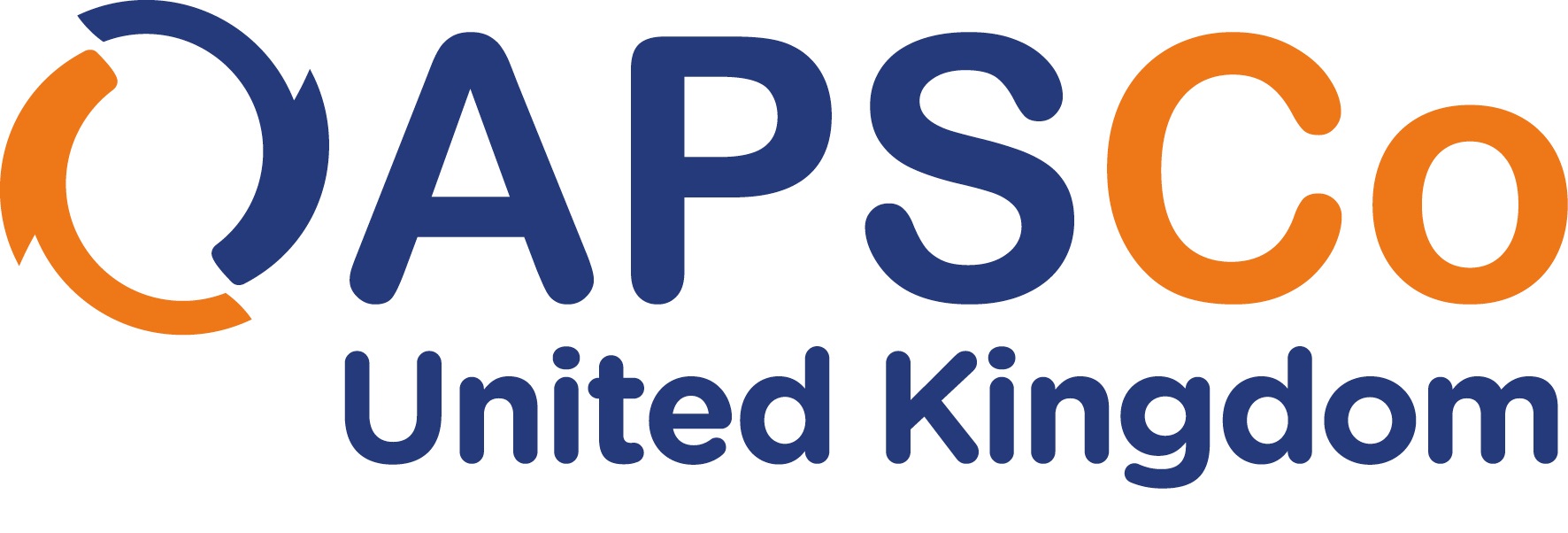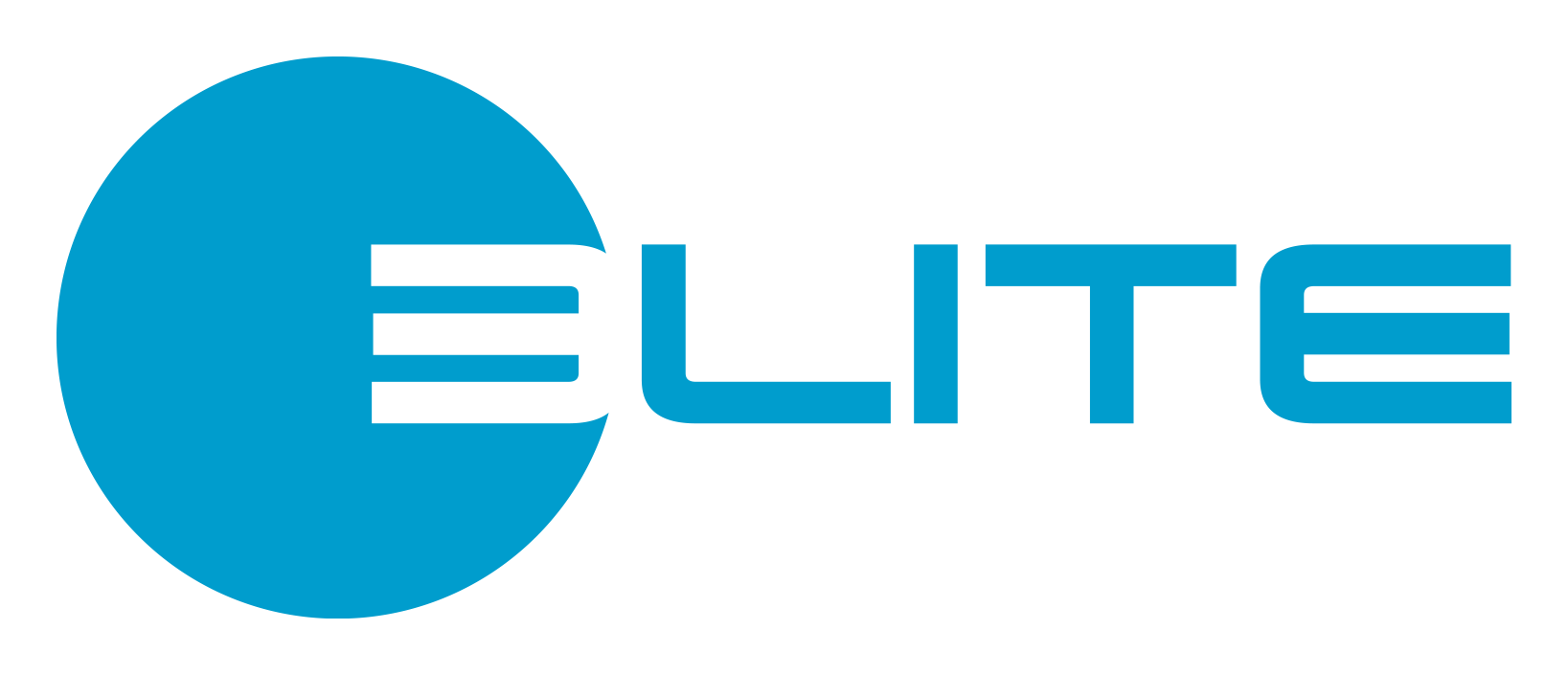Mastering Tech Interviews with the CARL and STAR Techniques
In the rapidly evolving tech industry, standing out in an interview requires more than just a solid understanding of the latest technologies. It's about effectively communicating your experiences, demonstrating your problem-solving abilities, and showing how you've learned and grown from past challenges. Two powerful techniques that can help you do this are the CARL (Context, Action, Result, Learning) and STAR (Situation, Task, Action, Result) methods.
Understanding the CARL Technique
The CARL technique is a structured approach to answering competency-based interview questions. It allows you to present a complete narrative of your experiences, from the context of the situation to the actions you took, the results you achieved, and the lessons you learned.
Consider this example from a software engineer's perspective:
Context: "In my previous role, our team was spending a significant amount of time debugging due to a lack of proper documentation."
Action: "I took the initiative to develop a standardized documentation process and trained the team on its importance and usage."
Result: "This led to a 40% reduction in time spent on debugging, allowing the team to focus more on feature development."
Learning: "I learned the importance of proper documentation in software development and how it can significantly improve efficiency."
The CARL technique not only allows you to demonstrate your problem-solving skills but also shows your capacity for learning and growth, which are highly valued in the tech industry.
Applying the STAR Technique
On the other hand, the STAR technique is a popular method for answering behavioral interview questions. It helps you describe a situation, outline the task at hand, detail the actions you took, and explain the results of your efforts.
Here's an example from a project manager's point of view:
Situation: "During a major project at my last job, we were facing a tight deadline that seemed almost impossible to meet."
Task: "As the project manager, it was my responsibility to ensure the project was completed on time without compromising on quality."
Action: "I restructured the project timeline, prioritized tasks based on their impact, and organized daily check-ins to monitor progress and address issues promptly."
Result: "Our team managed to complete the project two days ahead of schedule, and the end product was highly praised by the client for its quality and functionality."
The STAR technique is particularly useful in the tech industry, where project-based work is common, and problem-solving skills are crucial.
The Importance of Practice
The key to effectively using the CARL and STAR techniques is practice. Before your interview, take the time to reflect on your past experiences and identify situations that demonstrate your technical skills, problem-solving abilities, and capacity for learning and growth. Use the CARL and STAR techniques to structure your responses to potential interview questions.
Remember, the goal is not to memorize your responses, but to become comfortable with the structure and flow of these techniques. This will allow you to adapt your responses to different questions and effectively communicate your skills and experiences.
Conclusion
In the tech industry, where innovation and problem-solving are at the heart of every role, the ability to effectively communicate your experiences and learnings is crucial. The CARL and STAR techniques provide a structured approach to answering interview questions, allowing you to showcase your skills, experiences, and achievements in a clear and compelling way. So, before your next interview, take some time to practice these techniques. Your future self will thank you. Good luck!



